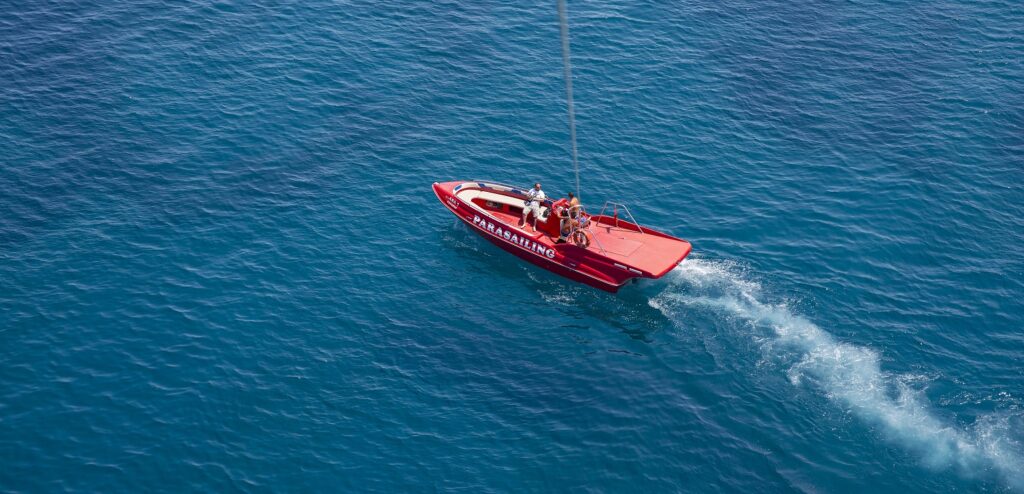Ever wondered what your boat’s engine is trying to tell you? Believe it or not, the colour of your exhaust smoke can be a valuable diagnostic tool in troubleshooting your marine diesel engine. Just like a doctor might look at your cough to get a sense of your health, a skipper can learn a lot by observing the smoke coming from the exhaust.
This method is not only simple and cost-effective, but it doesn’t require any special skills – perfect for both seasoned captains and professional sailors. Let’s dive into how the colour of your exhaust smoke can reveal potential issues with your marine diesel engine.
Decoding the Smoke Signals in Marine Diesel Engine
While a complete engine diagnostic should always be done by a certified mechanic, especially before ocean crossings or long deliveries, observing the smoke can provide a quick and easy preliminary check. Here’s a breakdown of what the different colour smoke exhaust means:

White Smoke (Low Criticality):
This indicates incomplete fuel combustion in your marine diesel engine. Here are some culprits:
-
- Fuel Issues: Double-check you’ve filled the correct tank and ensure there’s no water in the fuel. Air in the fuel system can also cause white smoke, so make sure it’s bled correctly. Diesel bug contamination is another culprit to consider.
- Lack of Compression: This could point to a more serious problem, like a cracked cylinder head or a failing injector. If you see white smoke, it’s wise to investigate further.
Black Smoke (Medium Criticality):
Black smoke signifies poor fuel combustion in your marine diesel engine. Here’s what to investigate:
-
- Fuel Injection Problems: Issues with the fuel pump or dirty/worn injectors can lead to black smoke.
- Incorrect Valve Clearance: Improper valve adjustment can also contribute to black smoke.
- Airflow Problems: Restricted air intake can hinder proper combustion.
- Low Operating Temperature: The engine might not be reaching optimal operating temperature.
- Turbo or Intercooler Issues: Problems with the turbocharger or intercooler can cause black smoke.
- External Factors: A rope caught around the propeller or using an oversized propeller can also restrict engine performance and lead to black smoke.
Blue Smoke (High Criticality):
If you see blue smoke, it’s a warning sign of oil burning in your marine diesel engine. This could be due to:
-
- Engine Wear and Tear: Extensive engine wear can cause oil to leak into the combustion chamber.
- Crankcase Problems: Oil leaks from the crankcase can also lead to blue smoke.
- Valve, Piston, or Ring Issues: Problems with these components can allow oil to burn in the engine.
By recognizing these colour smoke exhaust signals, you can make informed decisions about your boat. If you’re buying a new boat, chartering one, or simply maintaining your own vessel, understanding exhaust smoke is a valuable skill.

Troubleshooting your Marine Diesel Engine
In case of doubt, especially before a long trip, always consult with a qualified marine mechanic for a complete inspection and even for troubleshooting your marine diesel engine. However, for everyday checks, observing the colour of your exhaust smoke is a simple and effective way to stay on top of your marine diesel engine’s health and ensure smooth sailing.



